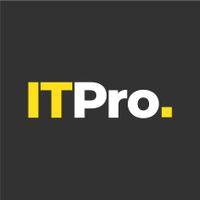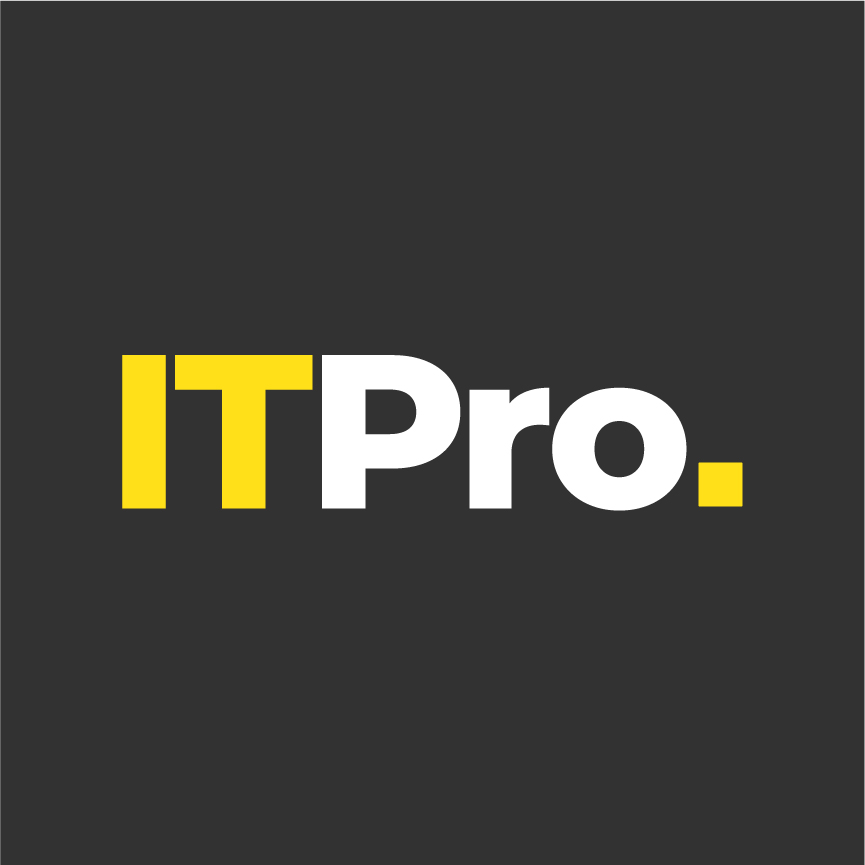The benefits of Windows 10 migration beyond security
Windows migration isn’t just about security, it can bring enhanced productivity, mobility and agility to transform your company’s IT
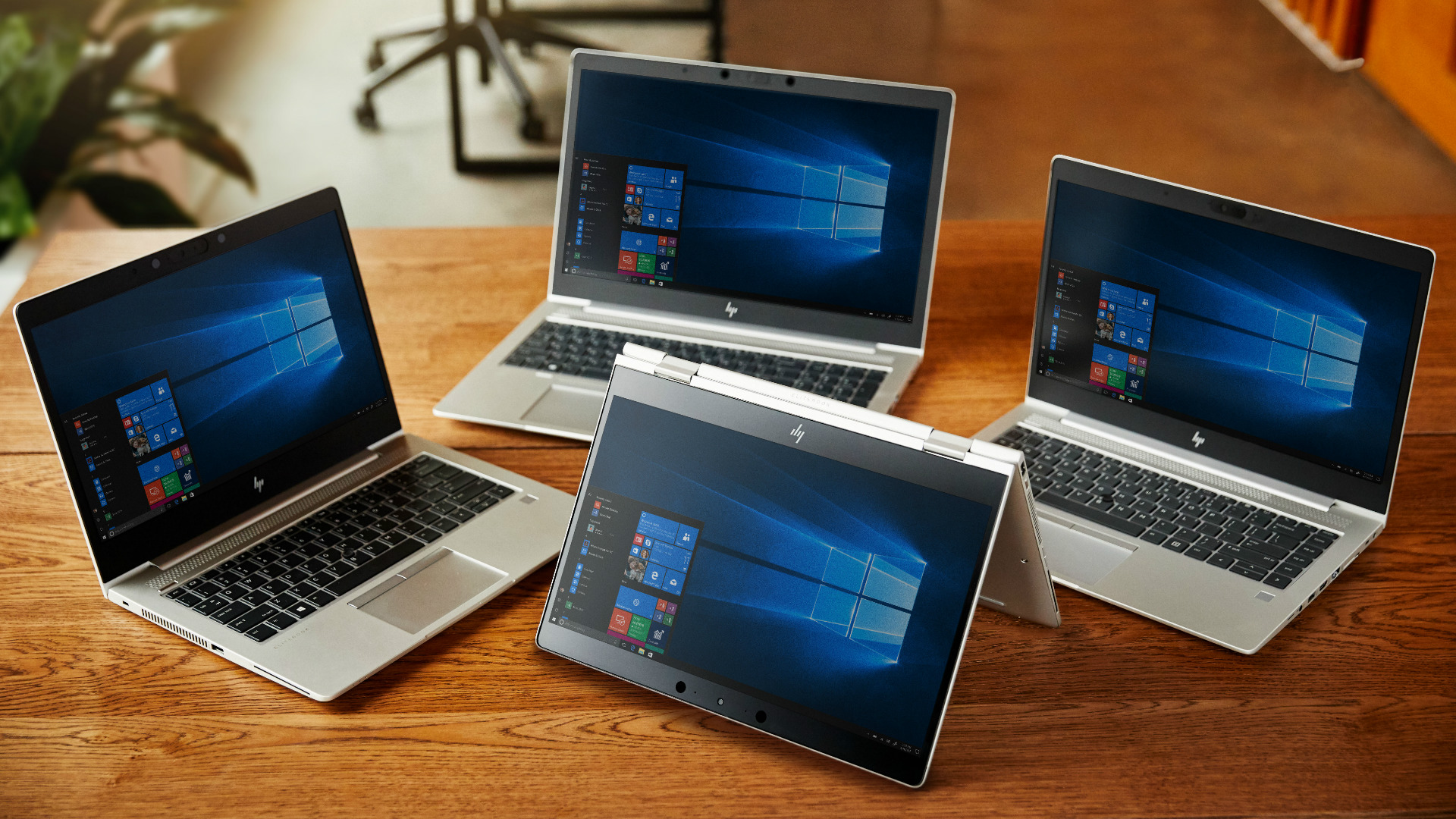
Let's be clear: if security was your one and only reason to migrate to Windows 10, it would be a good one. No sensible organisation wants the risks that go with an unsupported OS. To make it the be-all and end-all of the argument, however, would be to undersell Windows 10. Moving on from Windows 7 to a modern platform could bring in all manner of benefits that go a long way beyond security. Enhanced productivity, mobility and agility are all there for the taking, along with new opportunities to communicate and work together. In particular, by combining a migration to Windows 10 with new hardware, you're poised to transform your company's IT.
New forms, new possibilities
PC design has moved on a lot in the last ten years. Desktop PCs have grown smaller and more energy efficient without sacrificing power. Laptops have embraced new form factors and become slimmer, lighter and better equipped for work away from the desk.
Where Windows 7 was built for an earlier generation of PCs, Windows 10 was designed and has been updated to support the full capabilities of these new machines. With touch-friendly features, Windows Ink and Ink-driven applications, it brings real productivity gains to 2-in-1 convertibles, tablets and touchscreen laptops, with or without an active stylus. This is enabling new applications and whole new mobile user cases which could bring a new flexibility to your teams.
Finally, don't forget that older hardware might limit you in terms of peripherals, networking and storage. Windows 10 is built to take advantage of fast USB 3.1 and USB Type C connectivity, not to mention 802.11ac wireless networking. With older hardware and an old OS, you simply can't take advantage of high-speed networks, fast external storage, high-resolution displays or more efficient mobile docking solutions.
Less wait, more work
Windows 10 flies on any hardware and even more so on the latest laptops and PCs. Even with an old 6th Generation Intel Core processor and a conventional hard disk you can enjoy faster boot times and smoother performance overall. Switch to an 8th Generation Intel processor or AMD Ryzen CPU and an SSD for storage, and you'll have systems that boot in just a few seconds and can handle even the most demanding workloads. That means teams can start their work faster and spend more time being productive and less time waiting for their system to chug into action.
What's more, Windows 10 doesn't make a meal out of authentication. Everyone hates usernames and passwords and enforcing strong password security is many an IT leader's nightmare. Windows 10's Windows Hello supports biometric authentication, including fingerprint, face and iris recognition. With these methods being built into more and more business laptops and desktop peripherals, switching to Windows 10 can take the pain out of signing in.
The ideal interface
Windows 8's touch-friendly UI was controversial, but it came with some usability improvements that highlighted Microsoft's drive to make the most of new devices. With Windows 10 you can have the best of Windows 8 without losing the effective, tried-and-tested desktop look and feel of Windows 7. Live tiles and notifications make crucial information available at a glance. Windows 10 is better-tuned for multi-tasking, thanks to improved virtual desktops and the superbly-implemented Task View. The Action Centre puts key settings at your fingertips, while the Start Menu and Taskbar have never been so customisable. Windows 10's File Explorer makes it easier to find and manage files.
What's more, if your office is ready to use voice then Microsoft's Cortana is the ultimate business-grade assistant, handling Windows tasks and actual business tasks at your command. The business world is still adjusting to voice assistants, but their growth in the consumer sphere is guaranteed to drive take-up in the workplace. With Windows 10, you have everything you need to hop onboard.
The IT Pro guide to Windows 10 migration' explores how to plan your migration from Windows 7 and ensure it's a successful transition. Download it here.
Cloud ready
Windows 7 was released as the cloud was taking shape. Windows 10 was designed from the ground up to embrace cloud. Microsoft's OneDrive and Office 365 services are fully integrated, along with Skype for Business if you use the latter. Azure Sync makes it easy to manage profiles and login details, so that you can sign on once and access multiple Software-as-a-Service applications.
Meanwhile, new features make it easier to work across devices, so that when you really need to you can head out of the office with a document on your Desktop PC and carry on your work on your laptop when you get home. Cloud integration makes it easier to work when and where you need to. As organisations move more systems to the cloud, Windows 10 has what it takes to support them.
Modern browsing
Windows 7 was built around Internet Explorer a great browser for the time, but no longer adequate for today's web applications or today's security requirements. Windows 10 brings you up to speed with Edge; a more secure browser and purpose-built to deliver a modern, high-speed browser experience with the latest productivity and security features. Edge might be pivoting to use the Chromium codebase, but it's very much focused on providing the most business-ready, Windows-focused browser that there is.
Management and updates
Automatic updates are a big part of the Windows 10 experience, ensuring that everyone stays secure and up-to-date, while providing IT teams with the capabilities to manage how and when those updates are delivered. While some IT leaders see this as a loss of control, it actually helps organisations safeguard their valuable data and reduce IT workloads and TCO. And as Windows 10 gains new capabilities, your organisation will be equipped to use them, without needing to worry about who has had the latest updates and who may have been left behind.
But there's more to Windows management than patching. Tools like Active Directory, Windows System Center Configuration Manager and InTune make it easier to manage and monitor users and PCs on Windows 10. New Windows Analytics tools can be used to gather insights from your IT systems and ensure that users are compliant with your policies. Windows Autopilot makes it easier than ever to ensure that new users or users with new hardware get the apps and services they need to be productive, faster. Managing enterprise IT can be hard work, but Windows 10 has ways to make the burden lighter.
Discover more about HP Elite PCs and Windows 7 to Windows 10 migration
Sign up today and you will receive a free copy of our Future Focus 2025 report - the leading guidance on AI, cybersecurity and other IT challenges as per 700+ senior executives
ITPro is a global business technology website providing the latest news, analysis, and business insight for IT decision-makers. Whether it's cyber security, cloud computing, IT infrastructure, or business strategy, we aim to equip leaders with the data they need to make informed IT investments.
For regular updates delivered to your inbox and social feeds, be sure to sign up to our daily newsletter and follow on us LinkedIn and Twitter.
-
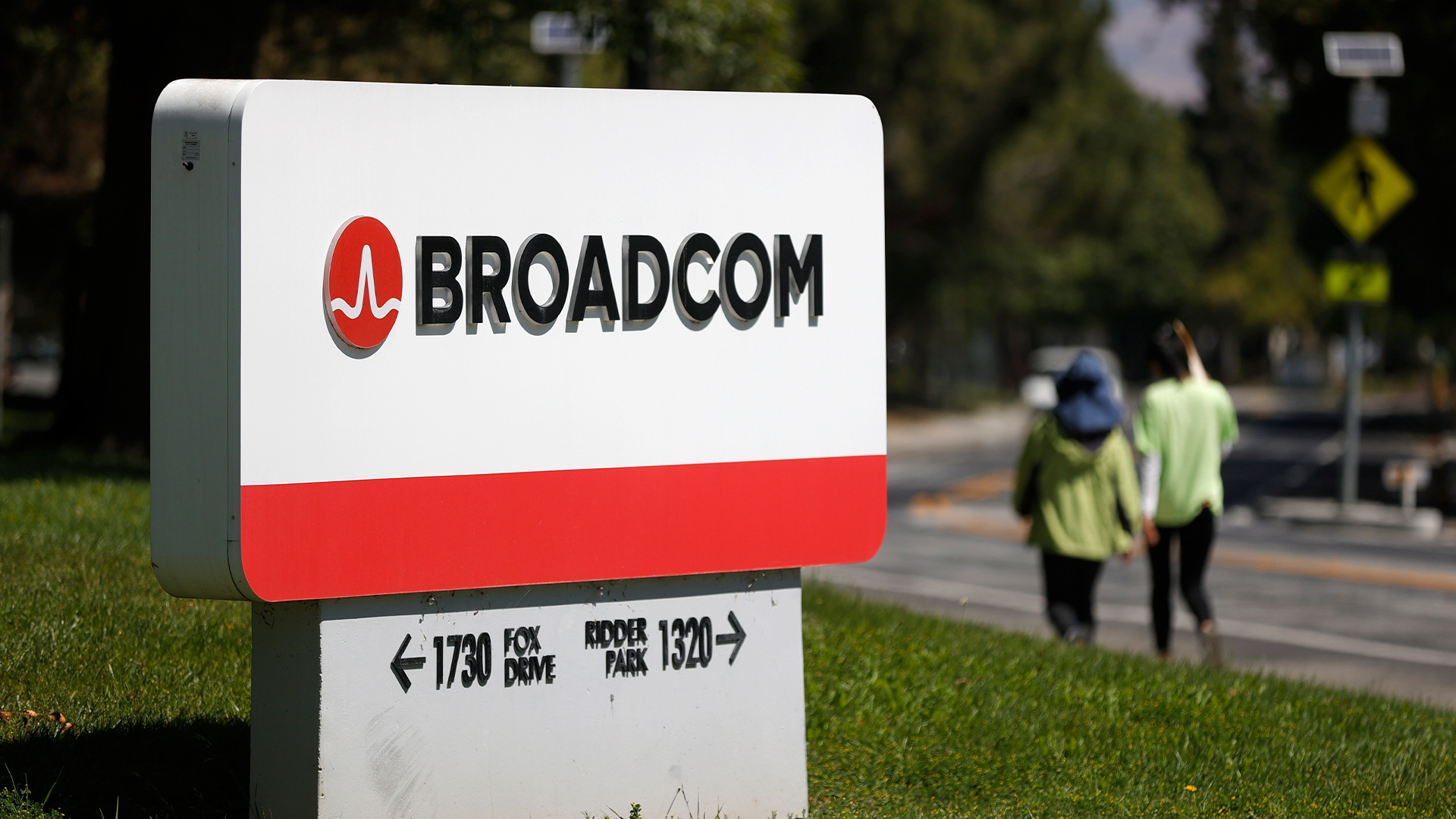 CISPE claims European Commission gave Broadcom a ‘blank cheque to raise prices, lock-in, and squeeze customers’ with VMware deal
CISPE claims European Commission gave Broadcom a ‘blank cheque to raise prices, lock-in, and squeeze customers’ with VMware dealNews Cloud providers have issued a formal response to the General Court of the European Union after the Commission defended its approval of the deal
-
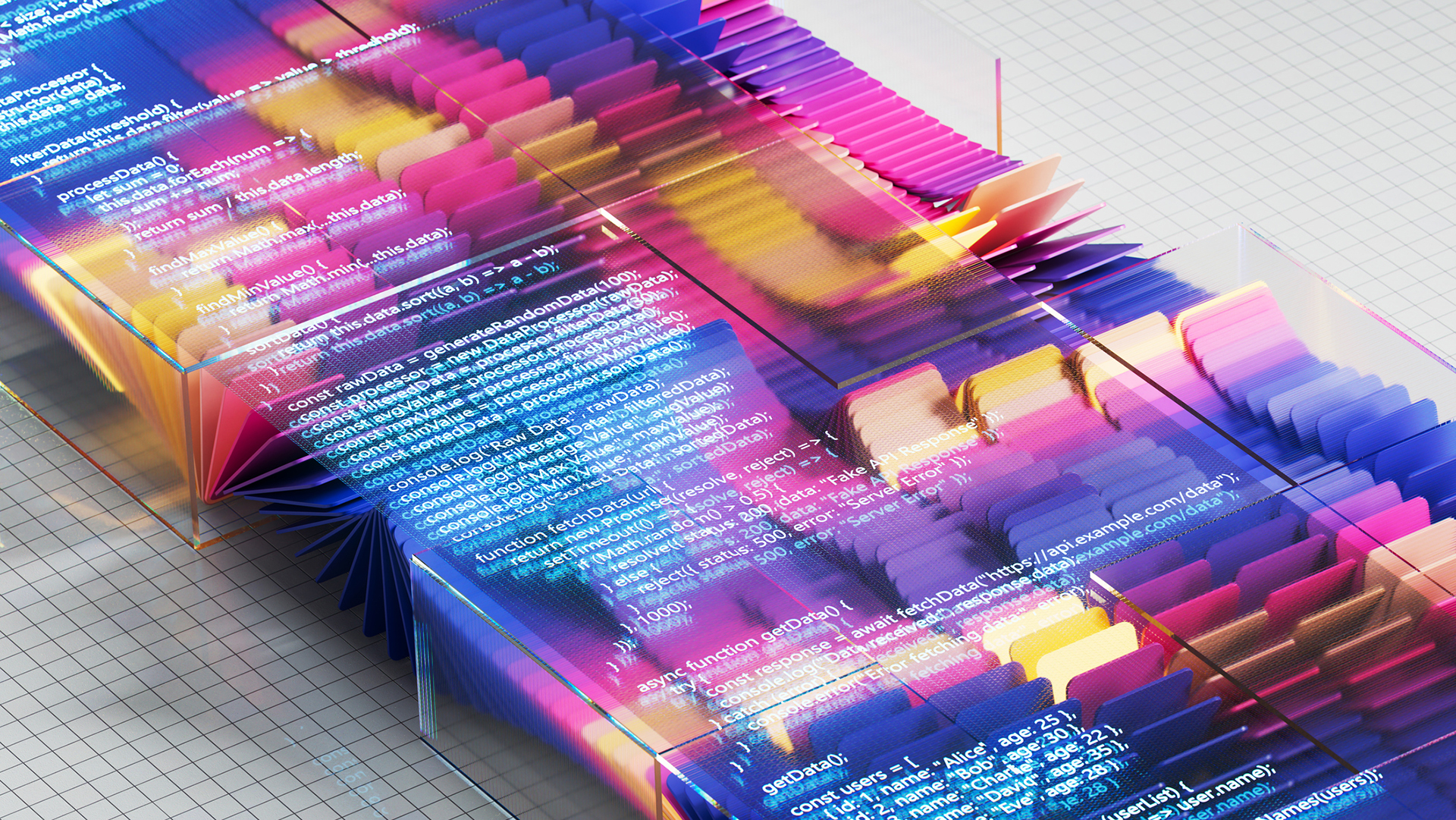 What now for enterprise virtualization?
What now for enterprise virtualization?With a trusted partner like Pure Storage, businesses can make the most of their virtualization journey
-
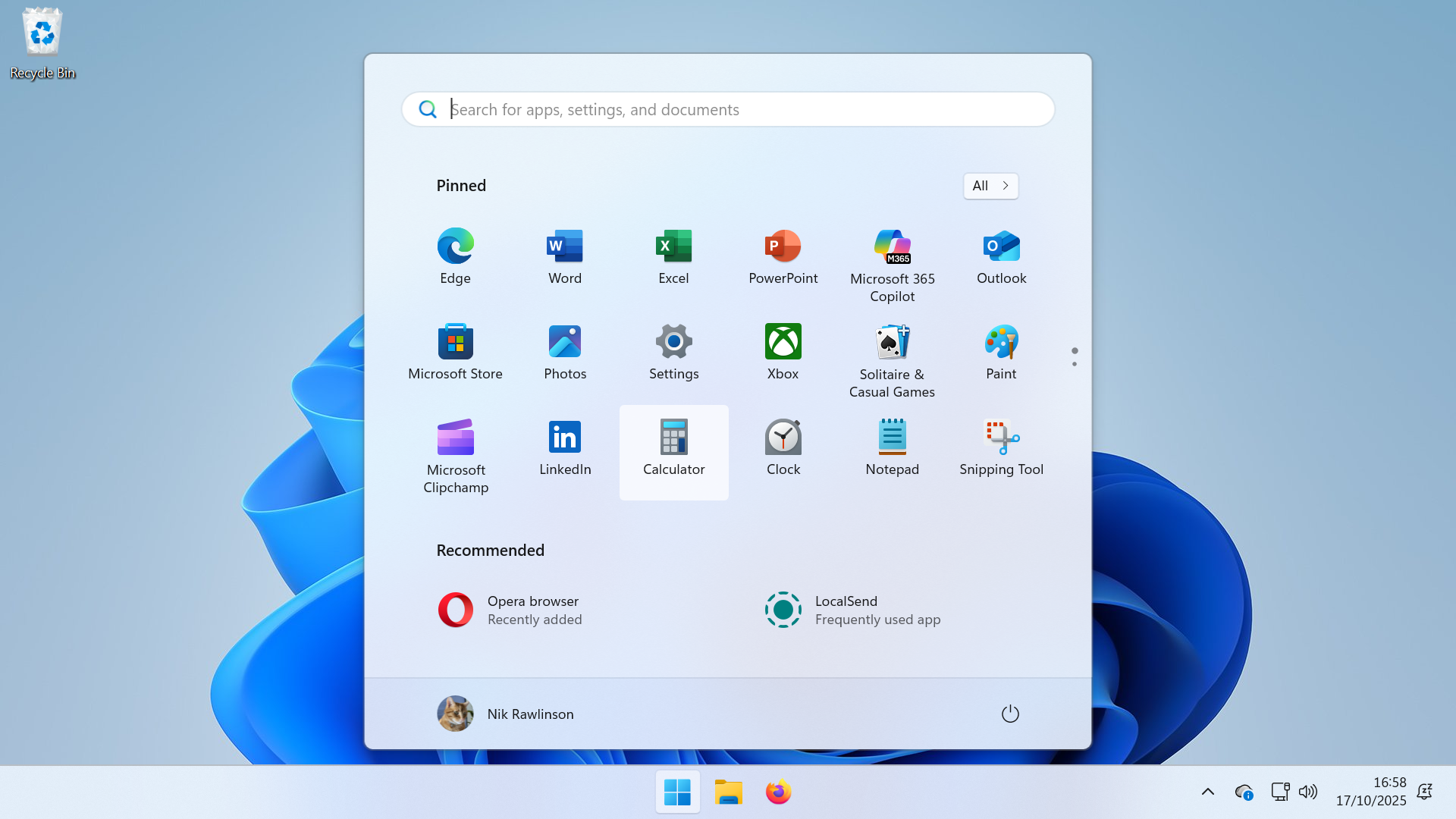 Windows 10 end of life has passed – here's your business guide to Windows 11
Windows 10 end of life has passed – here's your business guide to Windows 11In-depth As Windows 10's mainstream support ends, it's time for businesses who have yet to upgrade to take a second look at Windows 11
-
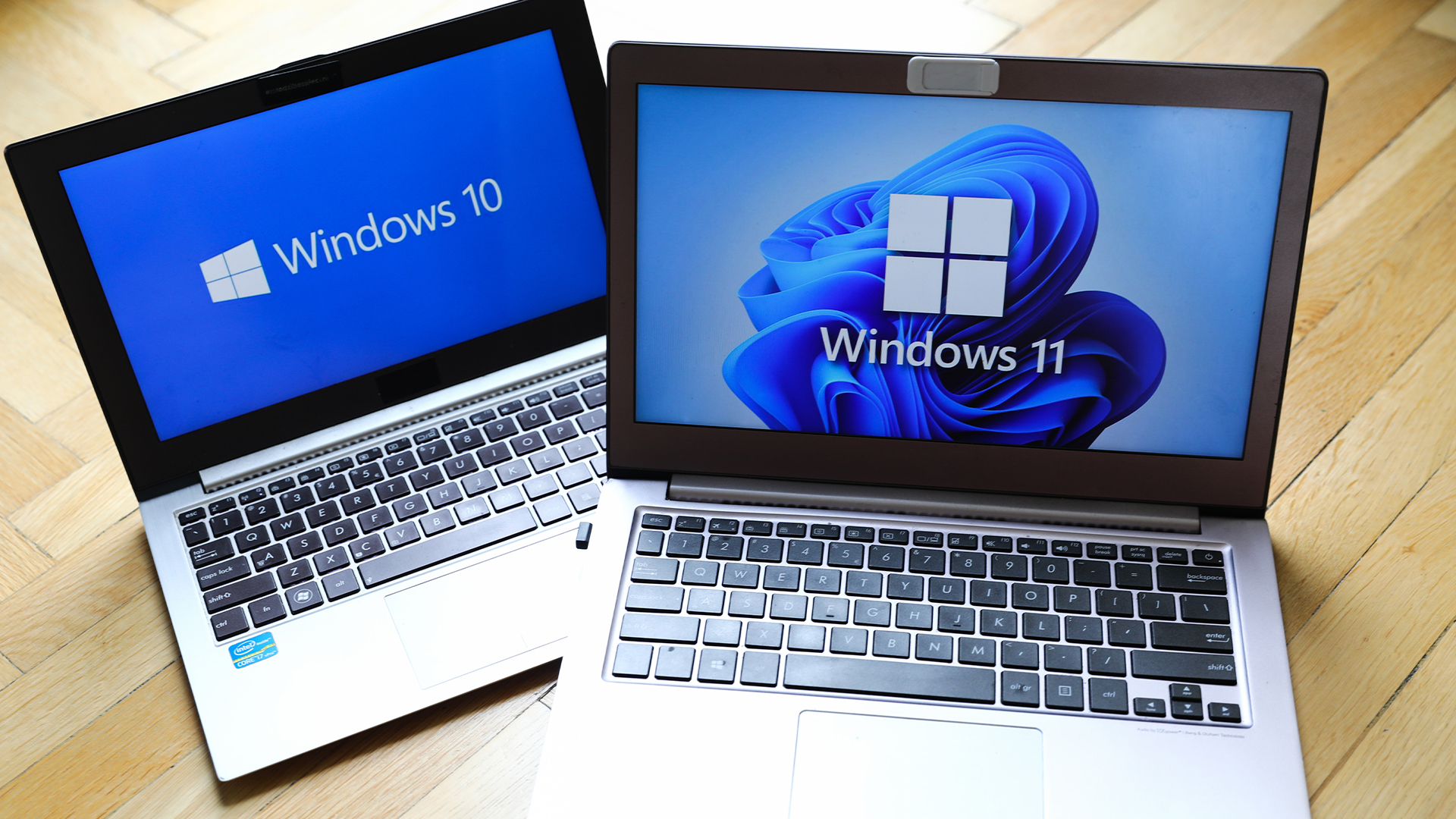 Windows 10 end of life could create a major e-waste problem
Windows 10 end of life could create a major e-waste problemNews The study marks the latest Windows 10 end of life e-waste warning
-
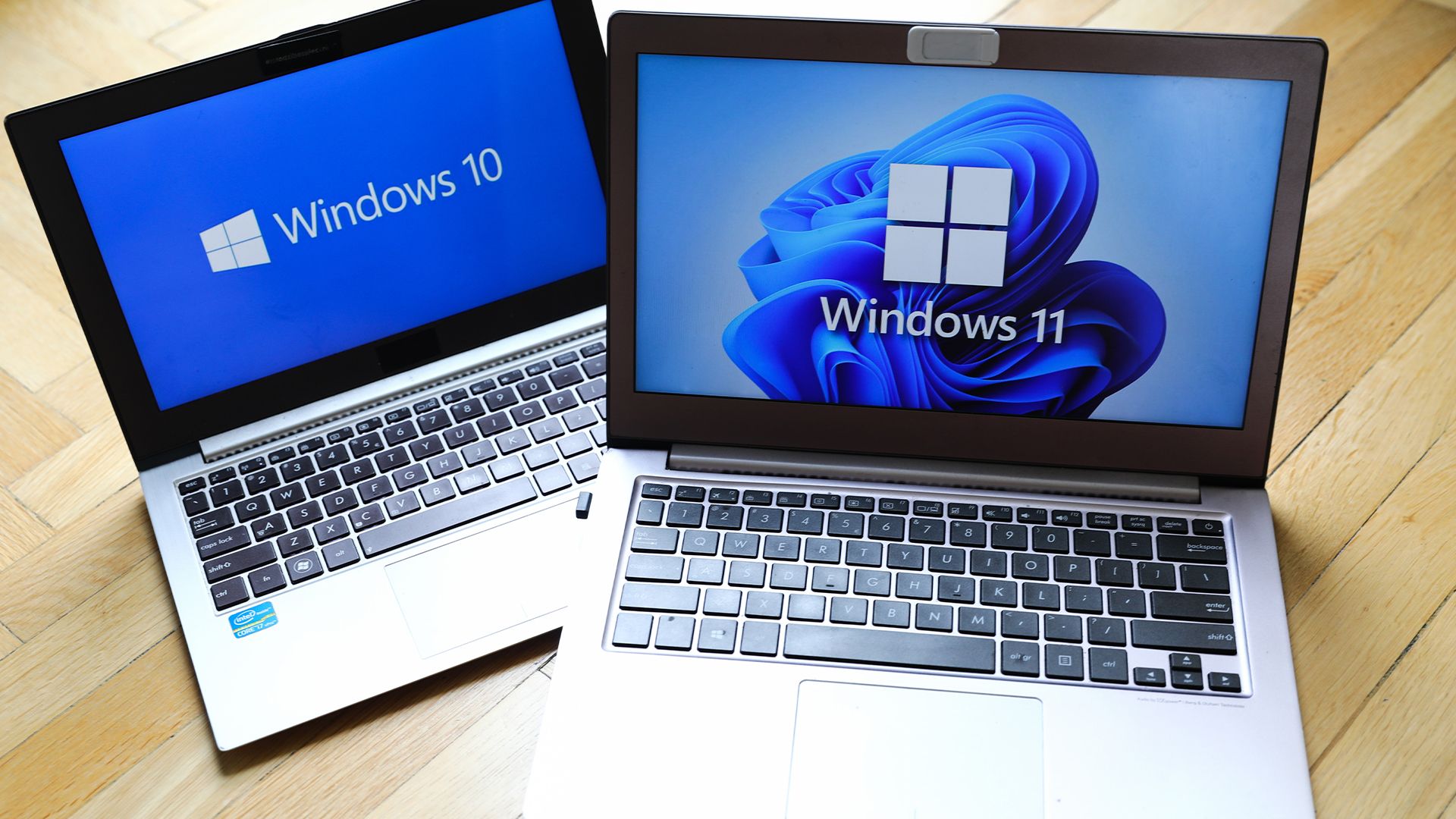 Windows 10 extended support costs could top $7 billion
Windows 10 extended support costs could top $7 billionNews Enterprises sticking with Windows 10 after the October deadline face huge costs
-
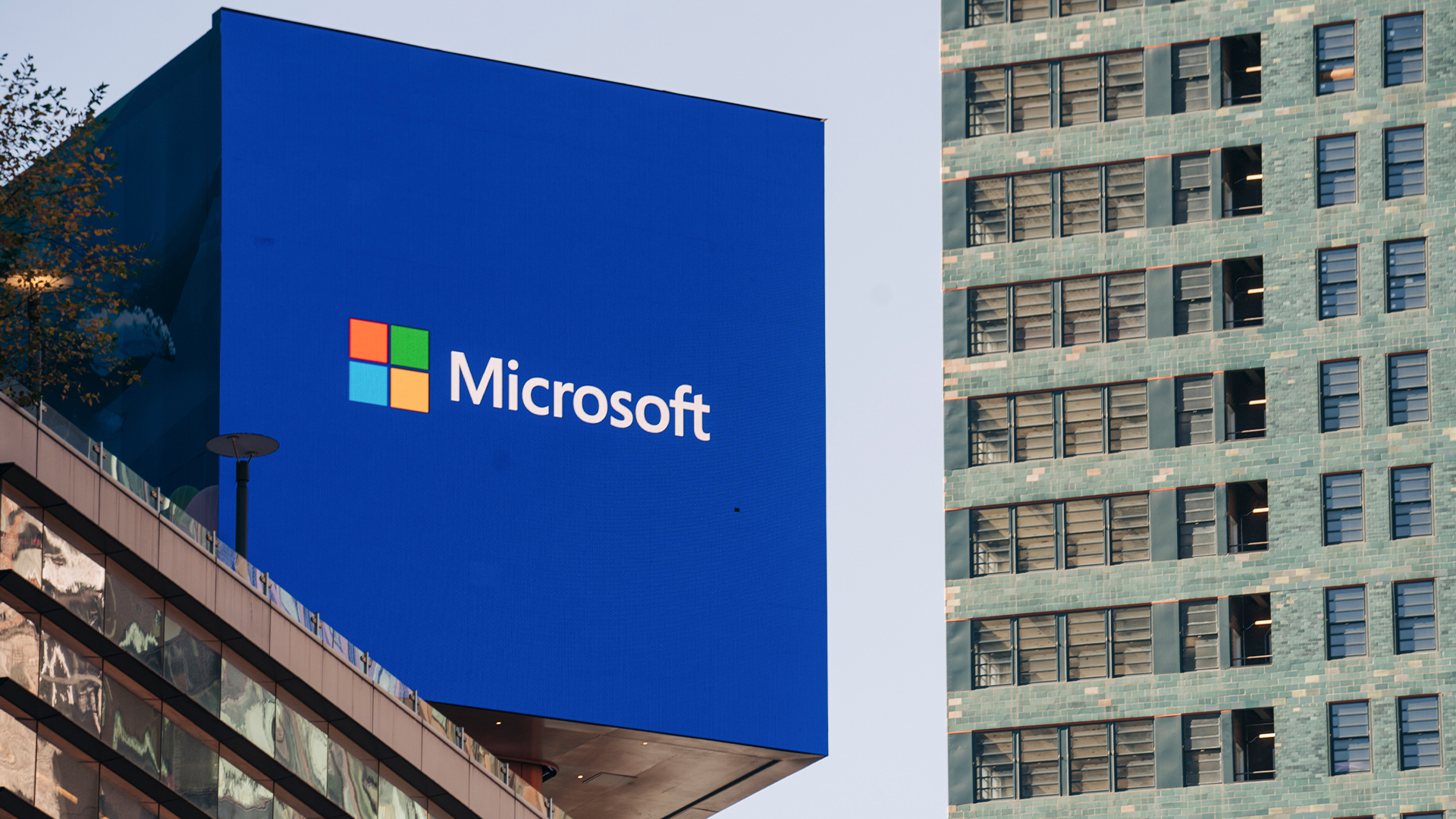 A Windows 11 update bug is breaking SSDs – here’s what you can do to prevent it
A Windows 11 update bug is breaking SSDs – here’s what you can do to prevent itNews Users first began reporting the Windows 11 update bug last week
-
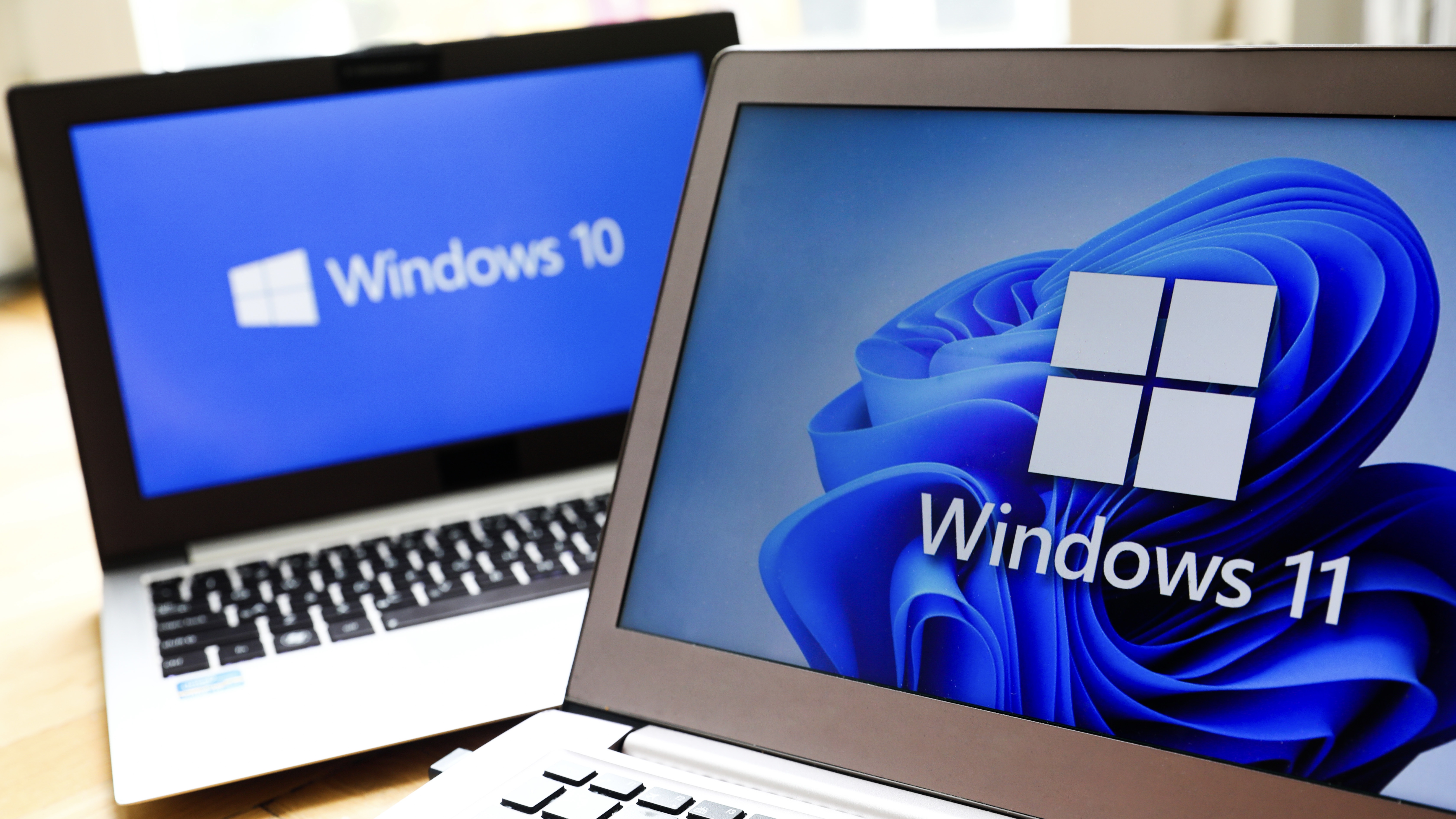 The Windows 11 migration conundrum: What role can the channel play?
The Windows 11 migration conundrum: What role can the channel play?Industry Insights Resellers are instrumental to making the right choice about the next steps...
-
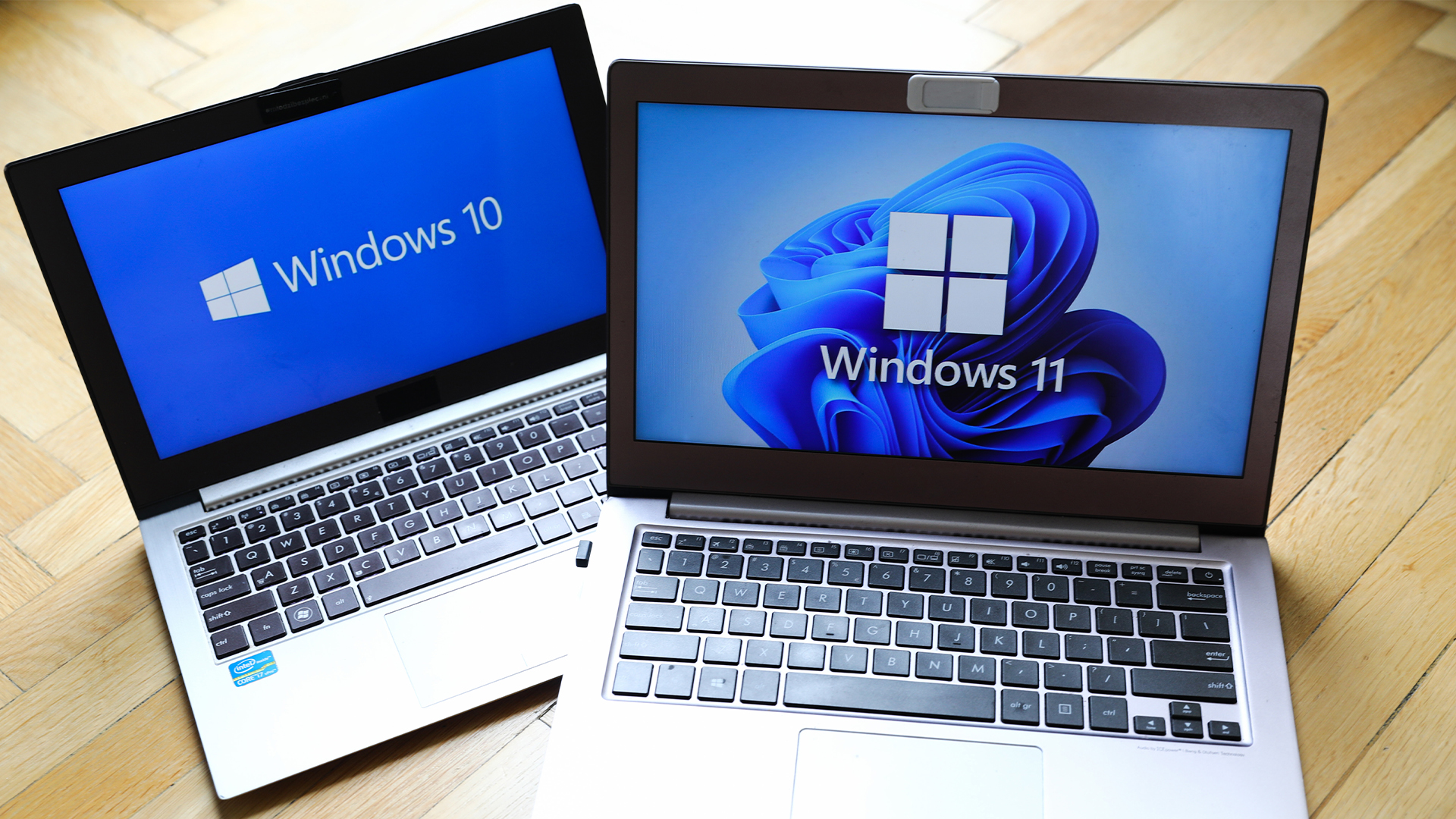 The NCSC just urged enterprises to ditch Windows 10 – here’s what you need to know
The NCSC just urged enterprises to ditch Windows 10 – here’s what you need to knowNews The UK cyber agency says those that haven’t migrated to Windows 11 should do so immediately
-
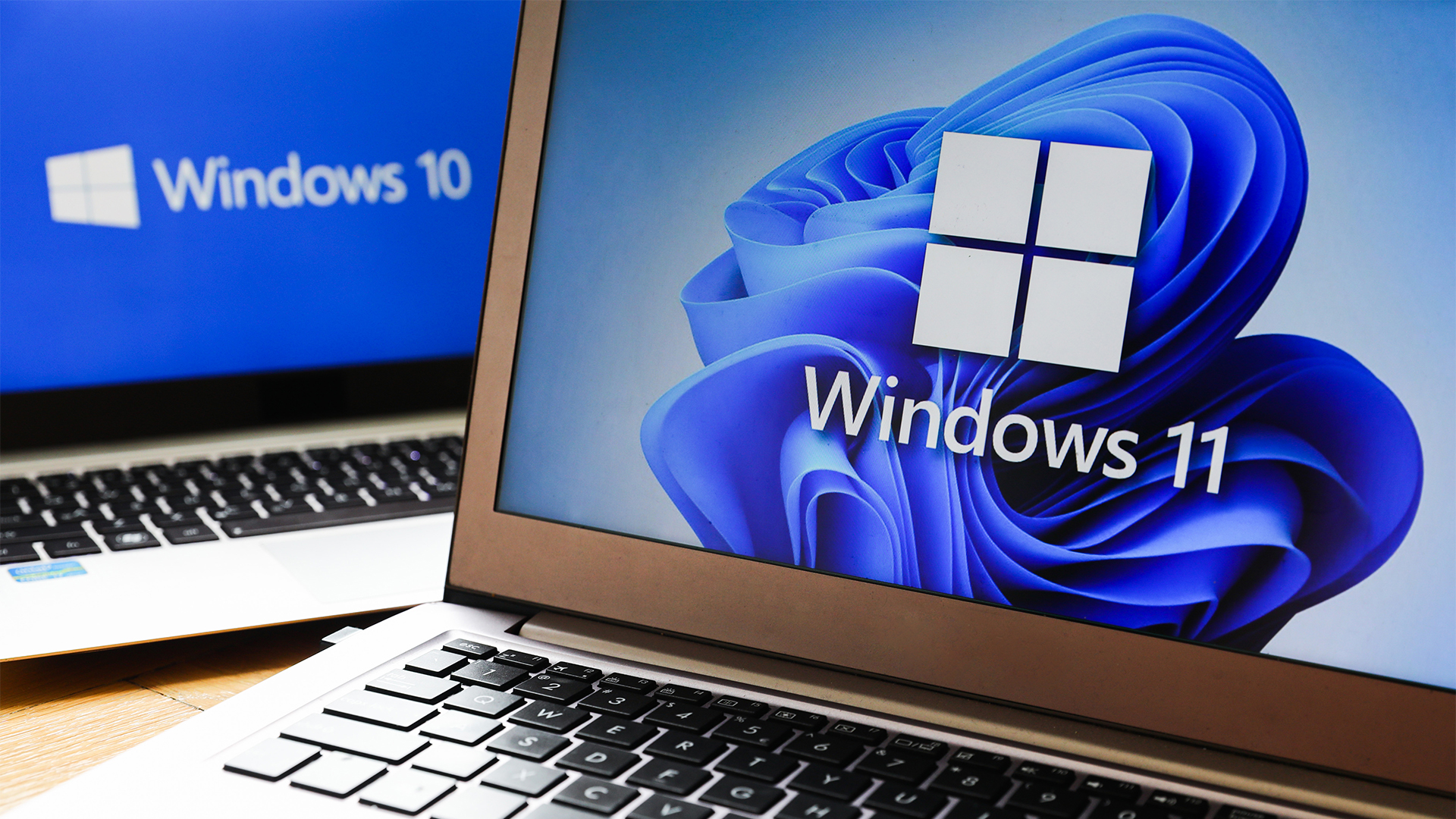 Windows 11 finally overtakes Windows 10 in popularity – but what’s driving this surge?
Windows 11 finally overtakes Windows 10 in popularity – but what’s driving this surge?News It’s been a long time coming, but Windows 11 is finally Microsoft’s most popular operating system
-
 Dragging your feet on Windows 11 migration? Rising infostealer threats might change that
Dragging your feet on Windows 11 migration? Rising infostealer threats might change thatNews With the clock ticking down to the Windows 10 end of life deadline in October, organizations are dragging their feet on Windows 11 migration – and leaving their devices vulnerable as a result.
